Home>Maintenance & Safety>Pest Control Solutions>What Plants Repel Yellow Jackets
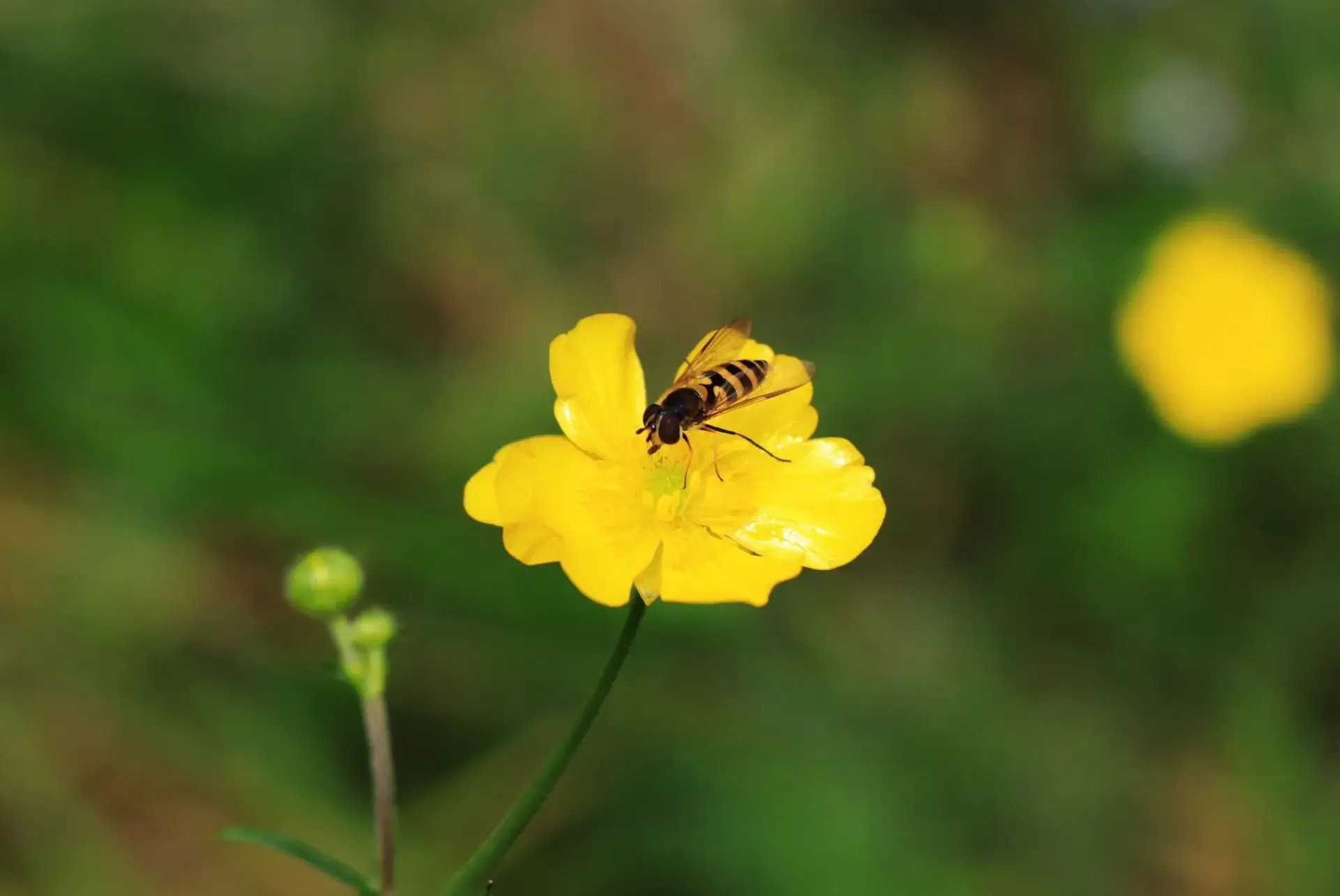

Pest Control Solutions
What Plants Repel Yellow Jackets
Modified: April 22, 2024
Discover effective pest control solutions using plants that repel yellow jackets. Learn how to keep these pests away naturally. Protect your home and garden today!
(Many of the links in this article redirect to a specific reviewed product. Your purchase of these products through affiliate links helps to generate commission for Storables.com, at no extra cost. Learn more)
Introduction
When it comes to enjoying the great outdoors, the presence of yellow jackets can quickly turn a pleasant experience into a stinging nightmare. These aggressive insects are notorious for disrupting picnics, outdoor gatherings, and even peaceful moments in the garden. However, there are natural ways to deter these buzzing pests without resorting to harsh chemicals or traps. One effective method is to harness the power of plants that naturally repel yellow jackets.
By incorporating these plants into your outdoor spaces, you can create a natural barrier that discourages yellow jackets from setting up their nests nearby. Not only do these plants serve as a natural deterrent, but they also add beauty and fragrance to your surroundings, enhancing the overall outdoor experience.
In this article, we will explore the world of yellow jackets and delve into the fascinating realm of plants that possess the remarkable ability to repel these pesky insects. From aromatic herbs to vibrant flowers, these natural defenders offer a sustainable and eco-friendly solution to keep yellow jackets at bay. Join us as we uncover the secrets of these remarkable plants and learn how to harness their power to create a more enjoyable outdoor environment.
Key Takeaways:
- Natural plants like peppermint, eucalyptus, and basil can repel yellow jackets, making outdoor spaces more enjoyable and peaceful without harsh chemicals or traps.
- By strategically planting insect-repelling plants and using natural sprays, individuals can create a visually appealing and eco-friendly barrier against yellow jackets, enhancing outdoor experiences.
Read more: How To Repel Yellow Jackets
Understanding Yellow Jackets
Yellow jackets, scientifically known as Vespula and Dolichovespula, are a type of predatory wasp that belongs to the family Vespidae. These insects are easily recognizable by their distinctive black and yellow markings, and they are known for their aggressive behavior, especially when their nests are disturbed. Yellow jackets are social insects, living in colonies with a well-defined caste system consisting of queens, workers, and drones.
During the spring, a single fertilized queen emerges from hibernation and begins building a new nest. The queen constructs the initial paper nest and lays eggs, which hatch into worker yellow jackets. These workers then take over the responsibilities of expanding the nest, foraging for food, and caring for the developing larvae. As the colony grows, the yellow jackets become more active and aggressive in defending their territory.
Yellow jackets are omnivorous and are attracted to a variety of foods, including sugary substances and protein sources. This broad diet makes them frequent visitors to outdoor gatherings, where they can become a nuisance and pose a threat to humans and pets. Their ability to sting repeatedly, coupled with their territorial nature, makes them a formidable presence in outdoor spaces.
Understanding the behavior and habits of yellow jackets is crucial for implementing effective pest control measures. By recognizing their attraction to certain scents and their aversion to specific plants, it becomes possible to strategically utilize natural repellents to discourage their presence. This knowledge empowers individuals to create a more harmonious outdoor environment while minimizing the risk of yellow jacket encounters.
In the next section, we will explore a selection of plants that possess the remarkable ability to repel yellow jackets, offering a natural and sustainable solution to mitigate their presence in outdoor spaces.
Plants That Repel Yellow Jackets
When it comes to naturally deterring yellow jackets, certain plants possess remarkable properties that can help keep these buzzing pests at bay. Incorporating these plants into your outdoor spaces not only adds beauty and fragrance but also serves as a natural deterrent to discourage yellow jackets from establishing their presence. Let's explore some of these remarkable plants:
1. Peppermint
The strong and invigorating scent of peppermint is highly effective in repelling yellow jackets. Planting peppermint around outdoor seating areas or near entryways can help deter these insects. Additionally, peppermint oil can be diluted and used as a natural spray to create a protective barrier against yellow jackets.
2. Eucalyptus
Eucalyptus is known for its fresh and distinctive aroma, which has the added benefit of repelling yellow jackets. Consider planting eucalyptus trees or incorporating eucalyptus oil into outdoor diffusers to help discourage these pests from lingering in your outdoor spaces.
Read more: What Is Yellow Jackets About
3. Wormwood
Wormwood, with its strong and somewhat bitter fragrance, acts as a natural deterrent for yellow jackets. This perennial herb can be planted in garden borders or in pots near outdoor gathering areas to help minimize the presence of these insects.
4. Marigold
The vibrant and cheerful marigold not only adds a pop of color to gardens but also possesses natural insect-repelling properties. Yellow jackets are known to be deterred by the scent of marigolds, making them a valuable addition to outdoor spaces where these pests are a concern.
5. Citronella
Citronella, commonly known for its use in repelling mosquitoes, also has the ability to deter yellow jackets. Planting citronella in pots or using citronella candles can help create a pleasant outdoor environment while discouraging the presence of these stinging insects.
6. Basil
The aromatic and flavorful herb basil is not only a culinary delight but also serves as a natural repellent for yellow jackets. Planting basil in garden beds or in pots near outdoor dining areas can help minimize the presence of these pests.
By strategically incorporating these plants into your outdoor spaces, you can create a natural barrier that discourages yellow jackets from intruding on your outdoor activities. Whether in the form of potted plants, garden borders, or natural sprays, these plants offer a sustainable and eco-friendly solution to mitigate the presence of yellow jackets while enhancing the overall outdoor experience.
Read more: What Are Yellow Jackets Purpose
How to Use These Plants
Incorporating the aforementioned plants into your outdoor spaces requires strategic placement and thoughtful utilization to maximize their effectiveness in repelling yellow jackets. Here are several practical ways to use these plants:
-
Strategic Planting: Consider the layout of your outdoor areas and strategically plant these insect-repelling plants in key locations. For example, peppermint and basil can be planted near outdoor seating areas, while marigolds can be positioned along garden borders or near entryways. Eucalyptus trees can be strategically placed to provide shade and fragrance while serving as a natural deterrent for yellow jackets.
-
Container Gardening: Utilize pots and containers to plant these insect-repelling varieties, allowing for flexibility in placement and mobility. Citronella, basil, and wormwood can thrive in containers, making them ideal for placement on patios, decks, or outdoor dining areas. This approach not only adds a touch of greenery to these spaces but also contributes to creating a natural barrier against yellow jackets.
-
Natural Sprays and Oils: Extract the essential oils from these plants to create natural sprays that can be applied to outdoor furniture, entryways, and other targeted areas. Peppermint oil, eucalyptus oil, and citronella oil can be diluted and used as effective sprays to create a protective barrier against yellow jackets. This method not only harnesses the plants' natural repellent properties but also provides a pleasant fragrance to outdoor spaces.
-
Companion Planting: Explore the concept of companion planting by strategically placing these insect-repelling plants alongside other garden varieties. For example, interplanting marigolds with vegetables not only deters yellow jackets but also contributes to the overall health and vitality of the garden. This approach integrates pest control with gardening practices, creating a harmonious and functional outdoor environment.
-
Aesthetic Considerations: Embrace the aesthetic appeal of these plants by incorporating them into existing landscaping designs. The vibrant colors of marigolds can add visual interest to garden beds, while the aromatic herbs such as basil and peppermint contribute to sensory experiences in outdoor spaces. By seamlessly integrating these plants into the landscape, you can create a visually appealing environment while naturally repelling yellow jackets.
By implementing these practical strategies, you can harness the natural repellent properties of these plants to create a more enjoyable outdoor environment. Whether through strategic planting, container gardening, natural sprays, companion planting, or aesthetic considerations, these plants offer a sustainable and eco-friendly solution to mitigate the presence of yellow jackets while enhancing the overall outdoor experience.
Conclusion
In conclusion, the presence of yellow jackets can significantly impact outdoor activities, turning pleasant moments into potential encounters with these aggressive insects. However, by harnessing the power of plants that naturally repel yellow jackets, individuals can create a more harmonious outdoor environment while minimizing the risk of unwelcome encounters with these buzzing pests.
The remarkable properties of plants such as peppermint, eucalyptus, wormwood, marigold, citronella, and basil offer a sustainable and eco-friendly solution to deter yellow jackets. These plants not only serve as natural deterrents but also contribute to the visual appeal and fragrance of outdoor spaces, enhancing the overall outdoor experience.
By strategically incorporating these plants into outdoor areas, whether through strategic planting, container gardening, natural sprays and oils, companion planting, or aesthetic considerations, individuals can create a natural barrier that discourages yellow jackets from intruding on outdoor activities. The versatility of these plants allows for flexibility in placement, catering to various outdoor settings and preferences.
Furthermore, the utilization of these insect-repelling plants aligns with eco-conscious practices, offering an alternative to chemical-based pest control methods. By embracing natural solutions, individuals can contribute to a more sustainable and environmentally friendly approach to managing pest presence in outdoor spaces.
Ultimately, the integration of plants that repel yellow jackets not only offers practical benefits but also aligns with the broader concept of creating balanced and thriving outdoor environments. By leveraging the natural properties of these plants, individuals can enjoy outdoor activities with a heightened sense of comfort and tranquility, free from the disruptions caused by yellow jackets.
In essence, the incorporation of these plants serves as a testament to the harmonious relationship between nature and human experiences, demonstrating the potential for natural solutions to enhance outdoor living. By embracing the power of these remarkable plants, individuals can create outdoor spaces that are not only visually captivating and fragrant but also naturally resistant to the presence of yellow jackets, fostering a more enjoyable and peaceful outdoor experience for all.
Frequently Asked Questions about What Plants Repel Yellow Jackets
Was this page helpful?
At Storables.com, we guarantee accurate and reliable information. Our content, validated by Expert Board Contributors, is crafted following stringent Editorial Policies. We're committed to providing you with well-researched, expert-backed insights for all your informational needs.
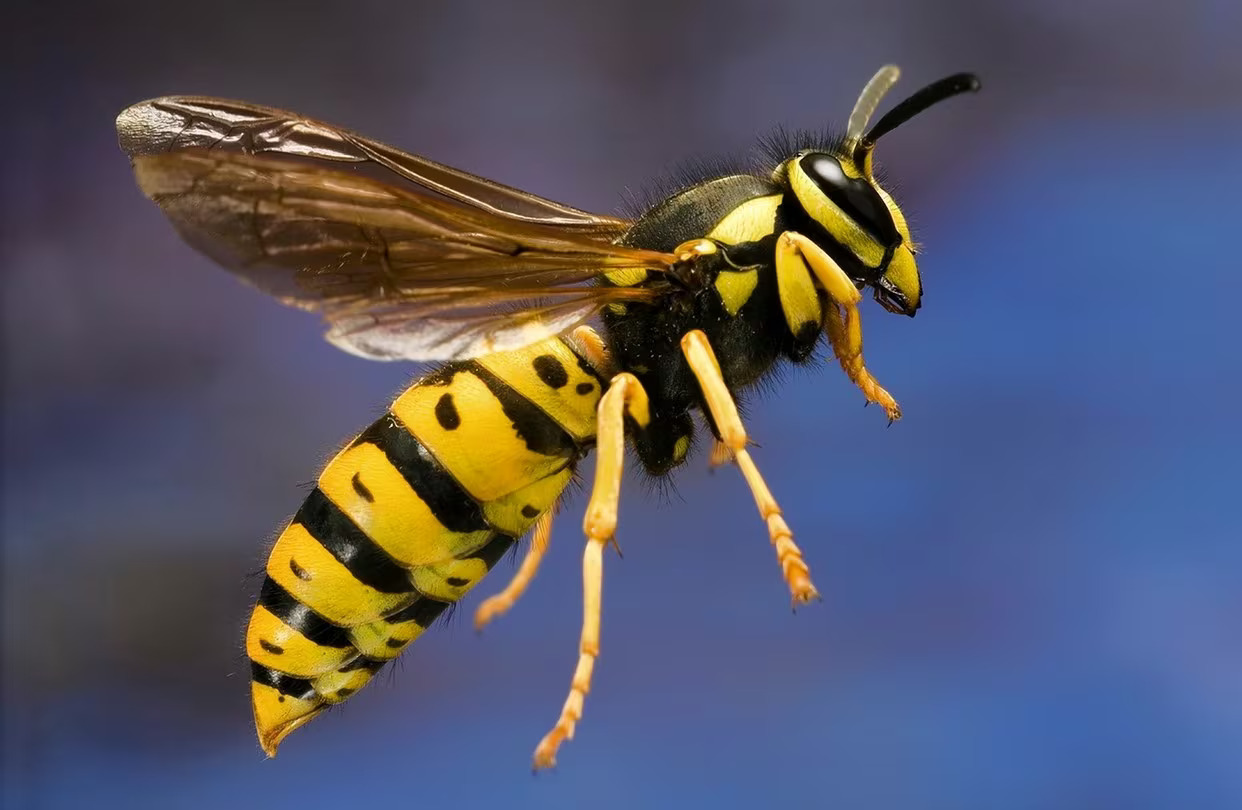
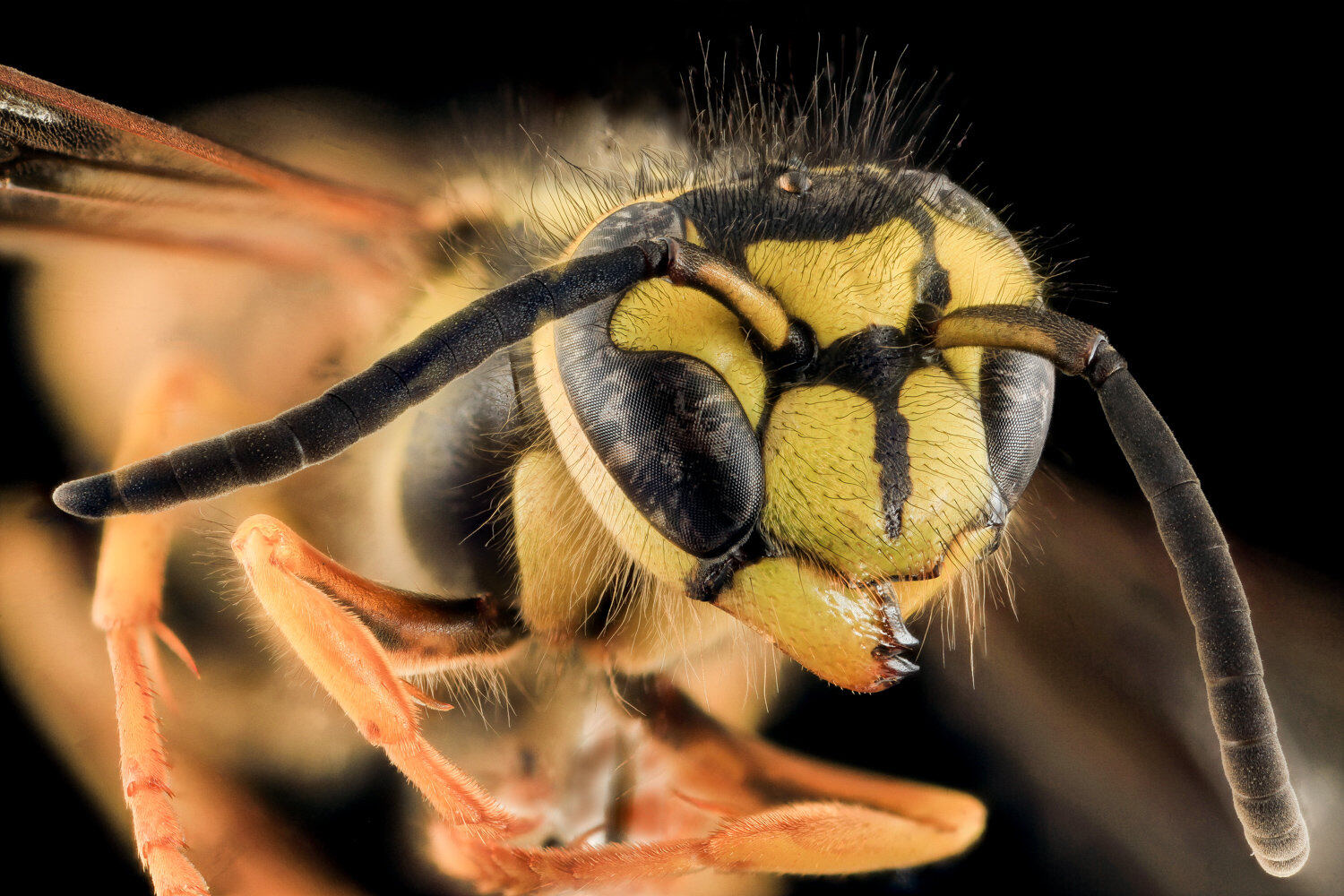
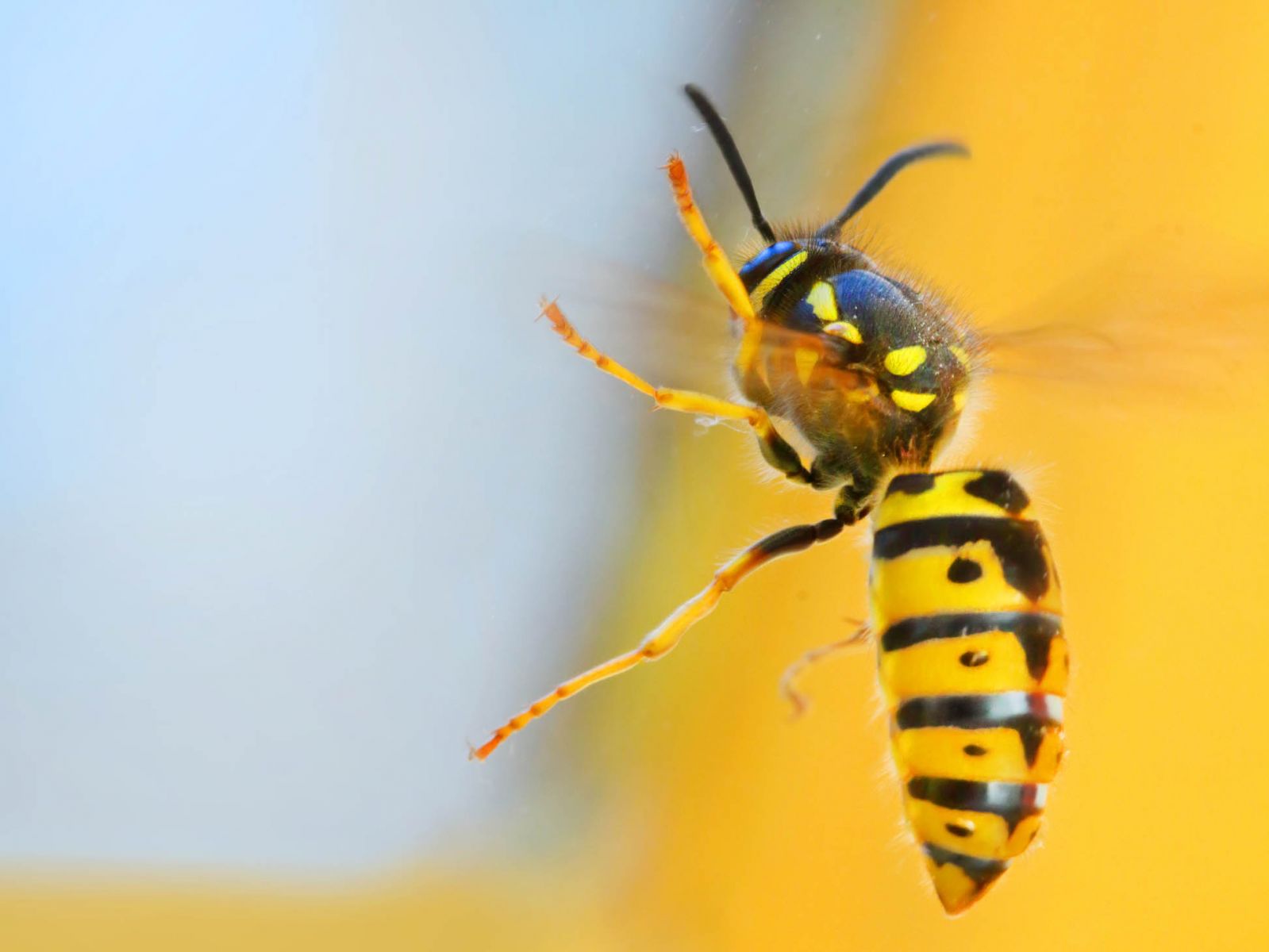
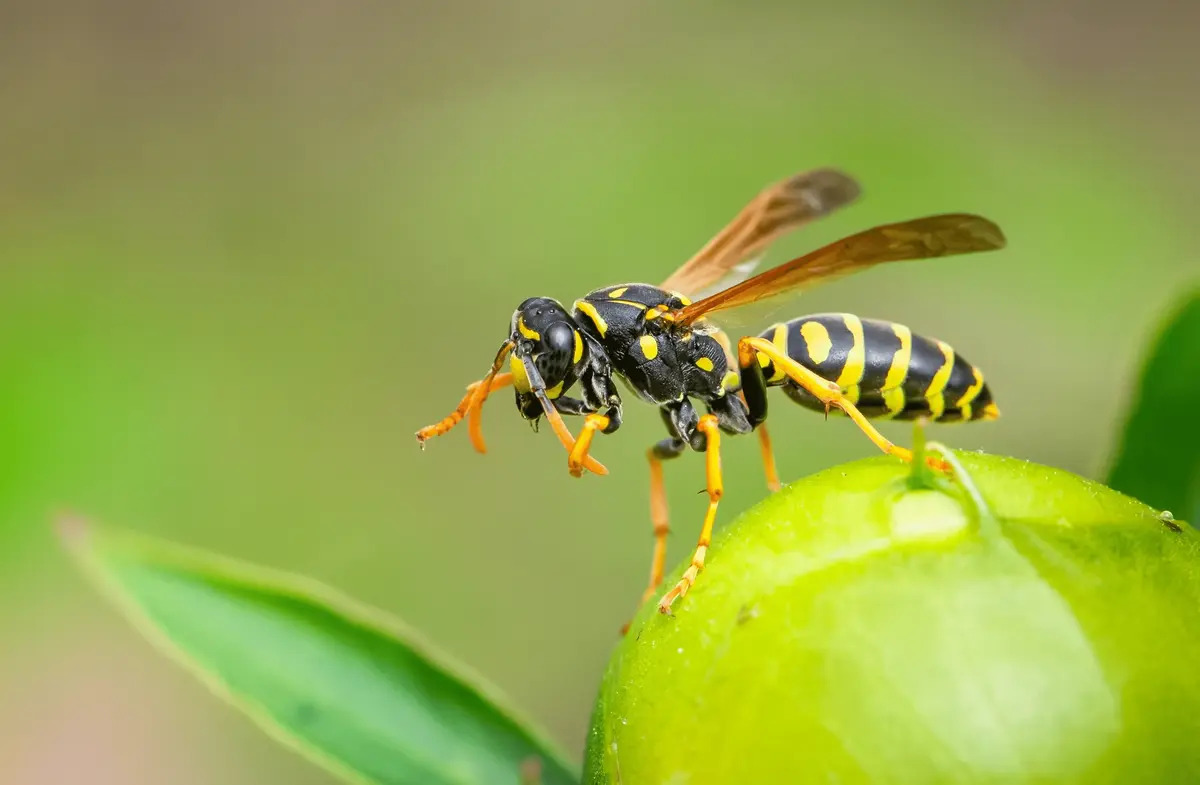
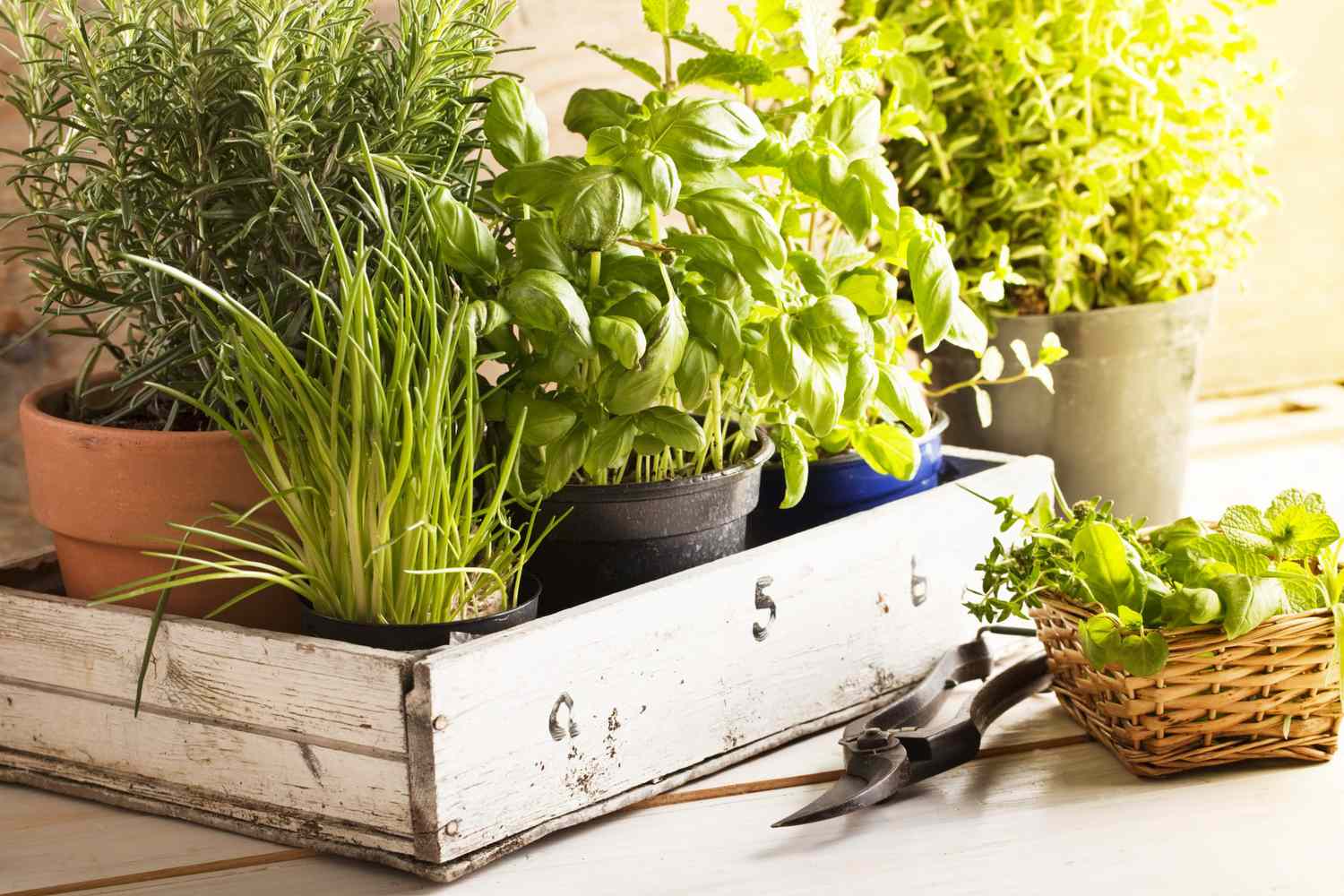
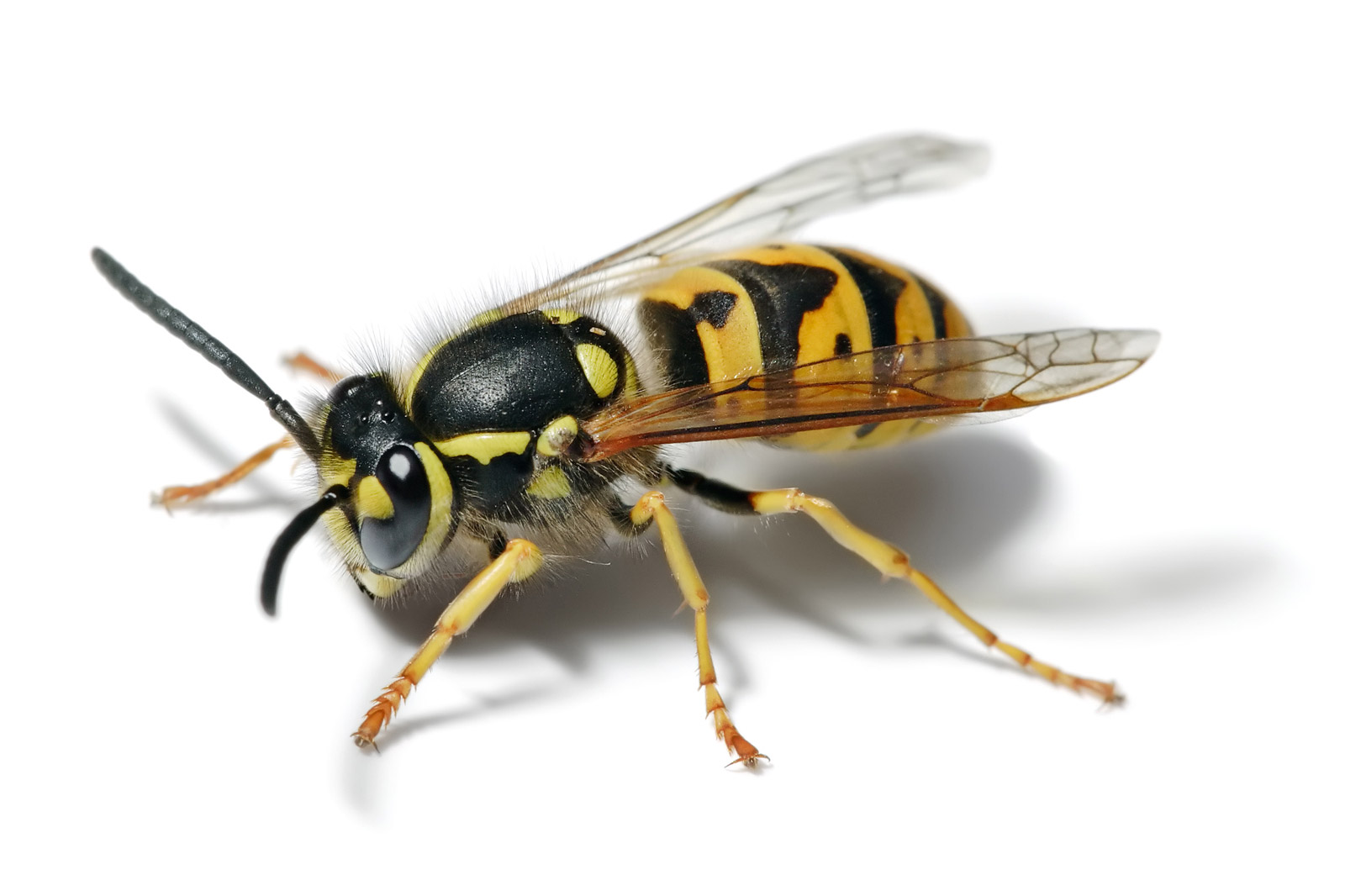
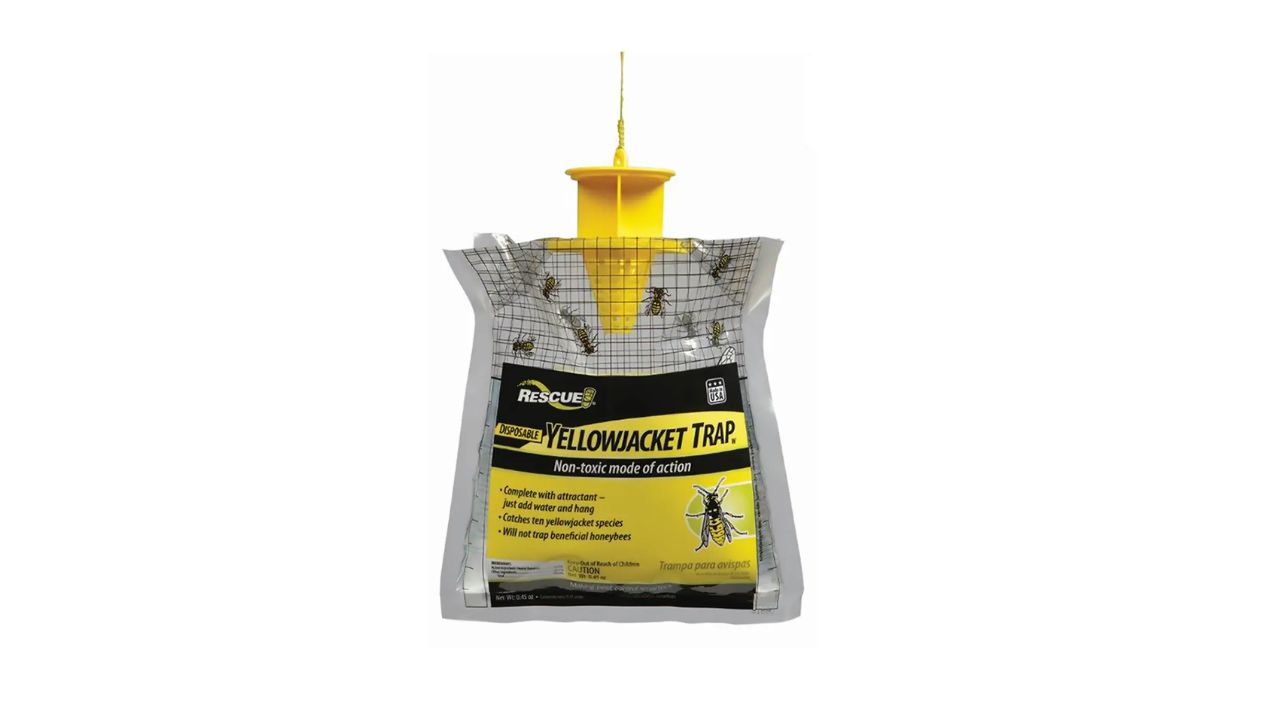
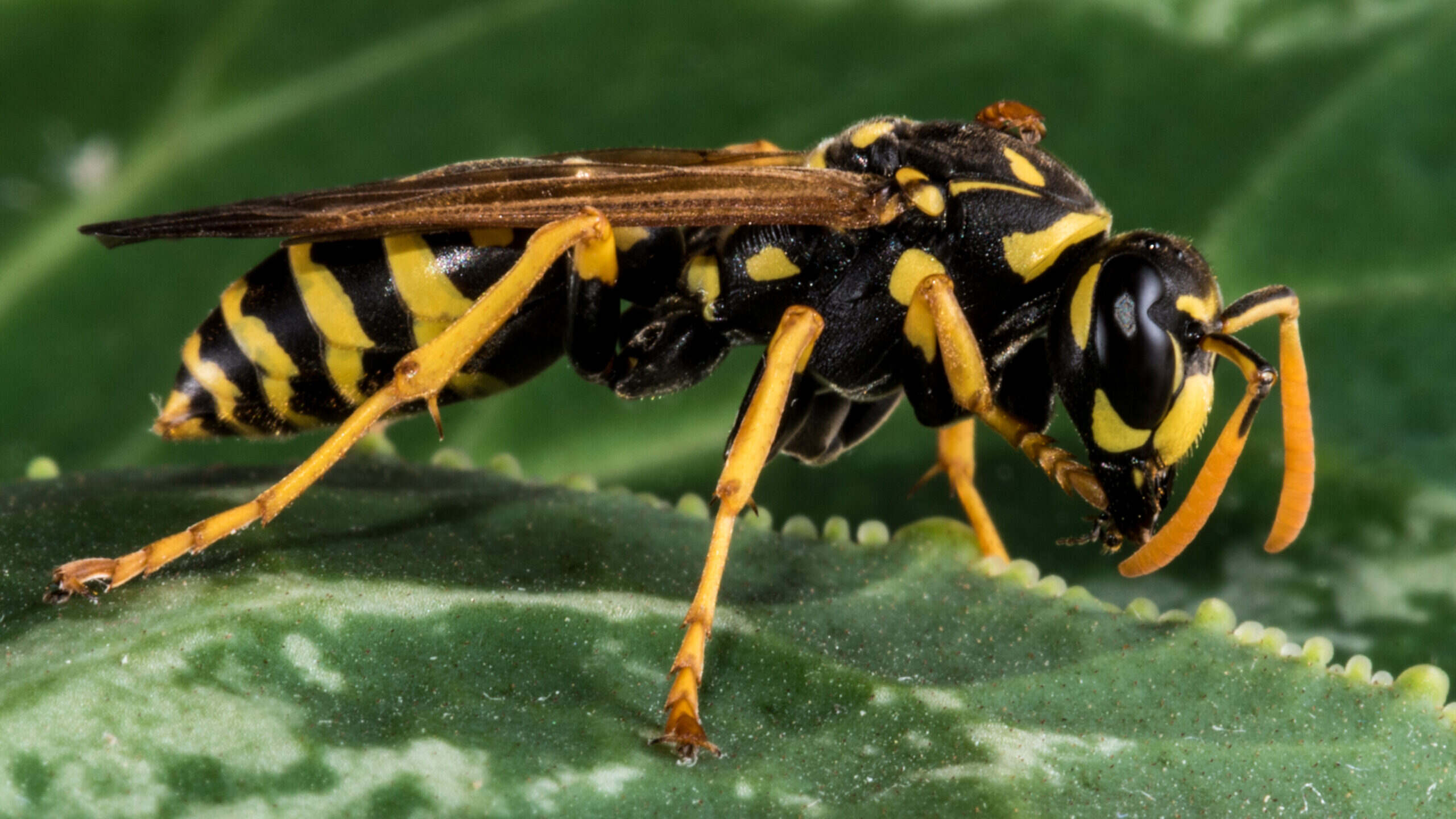
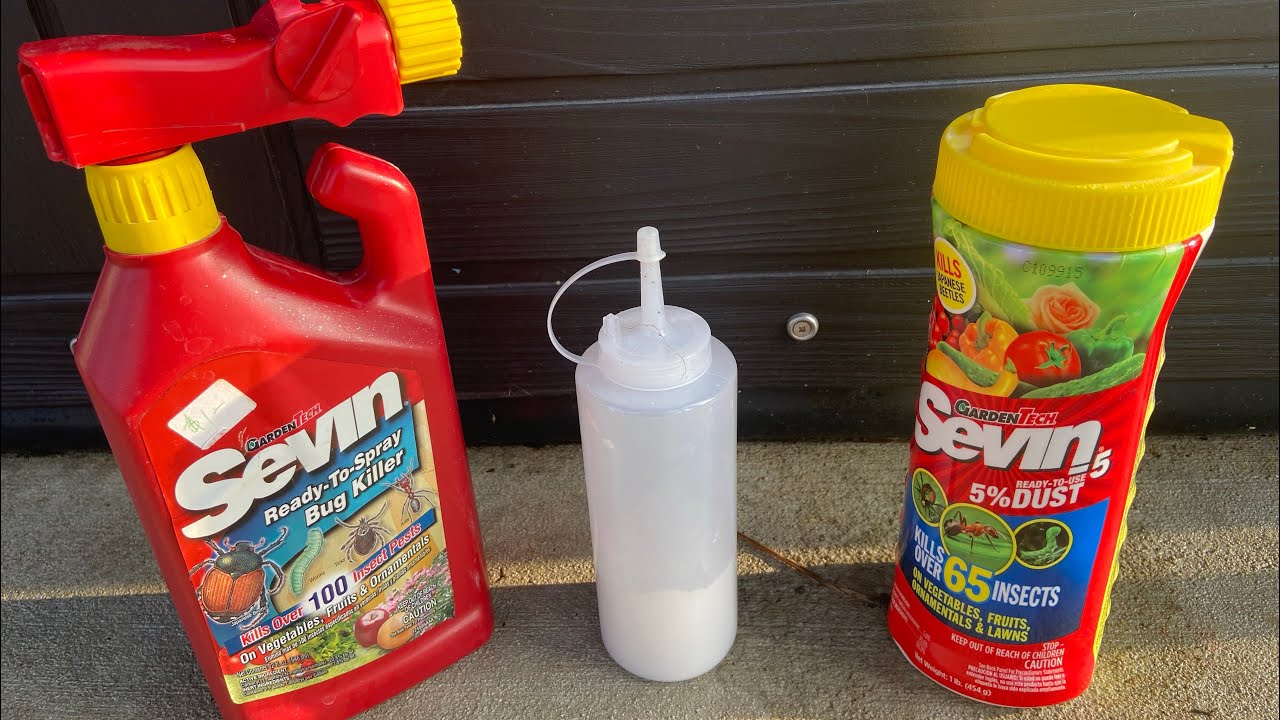
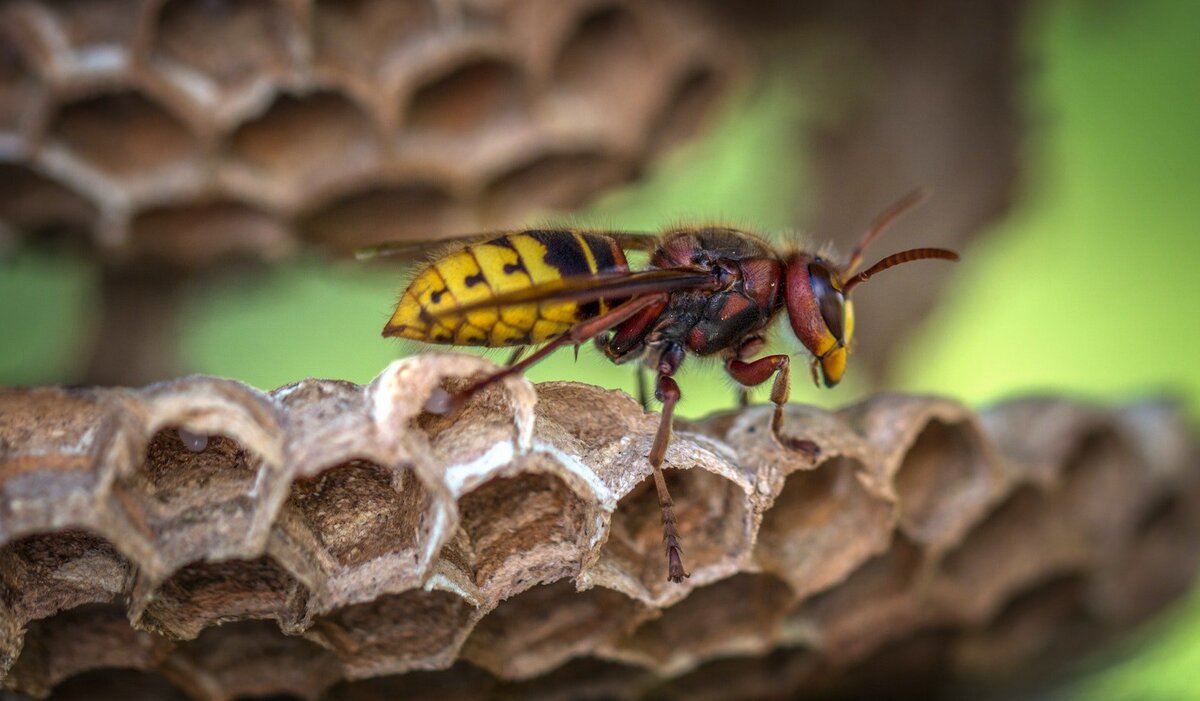
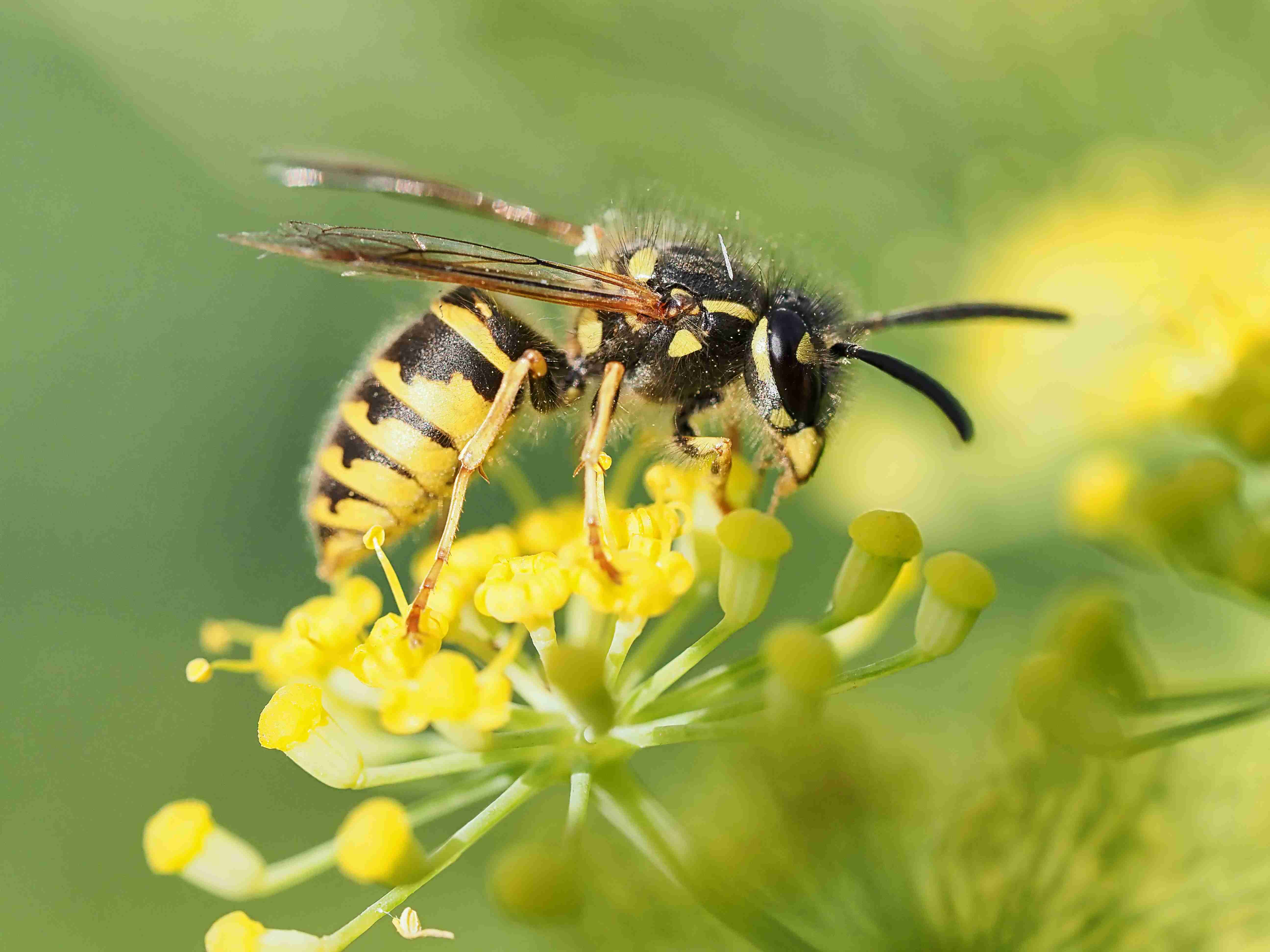
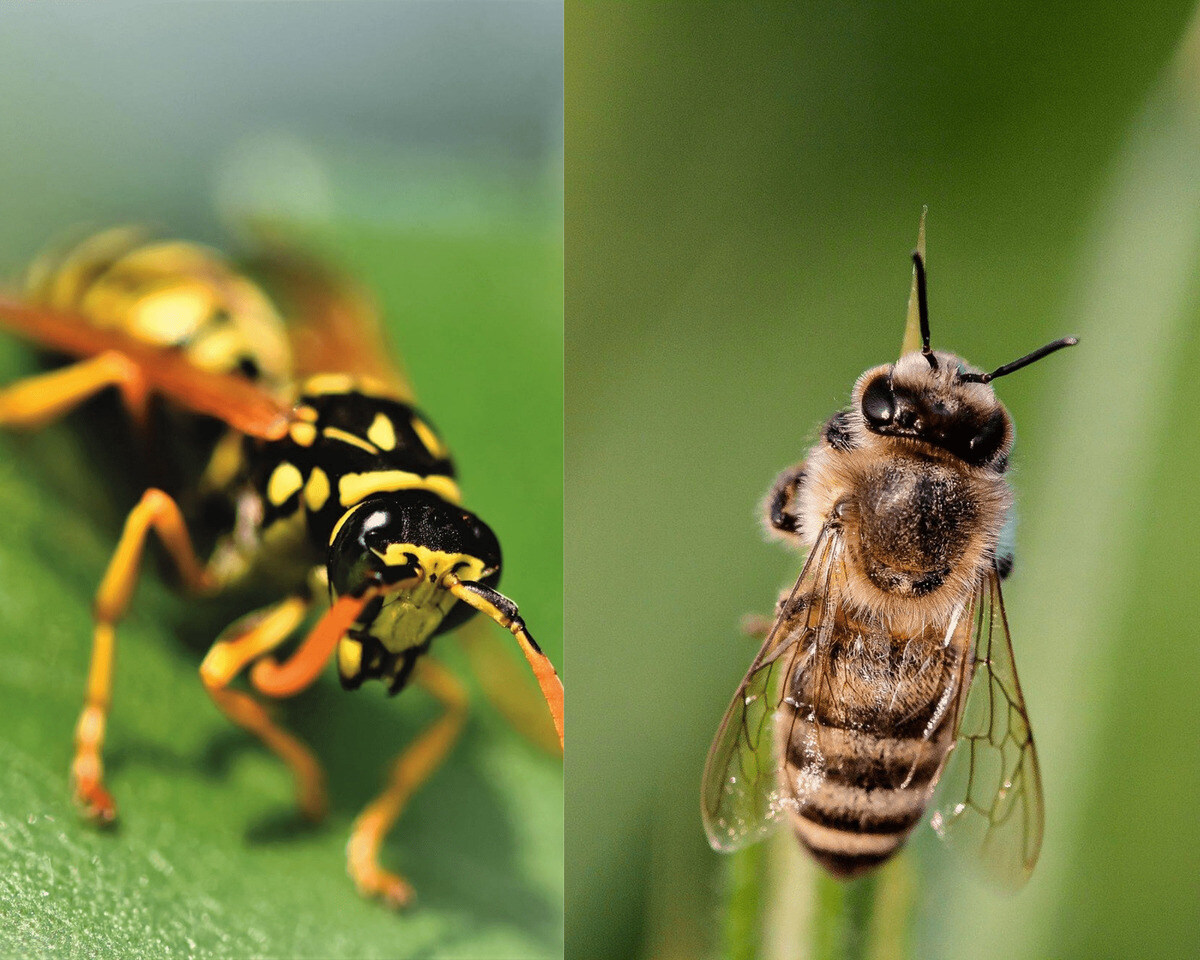
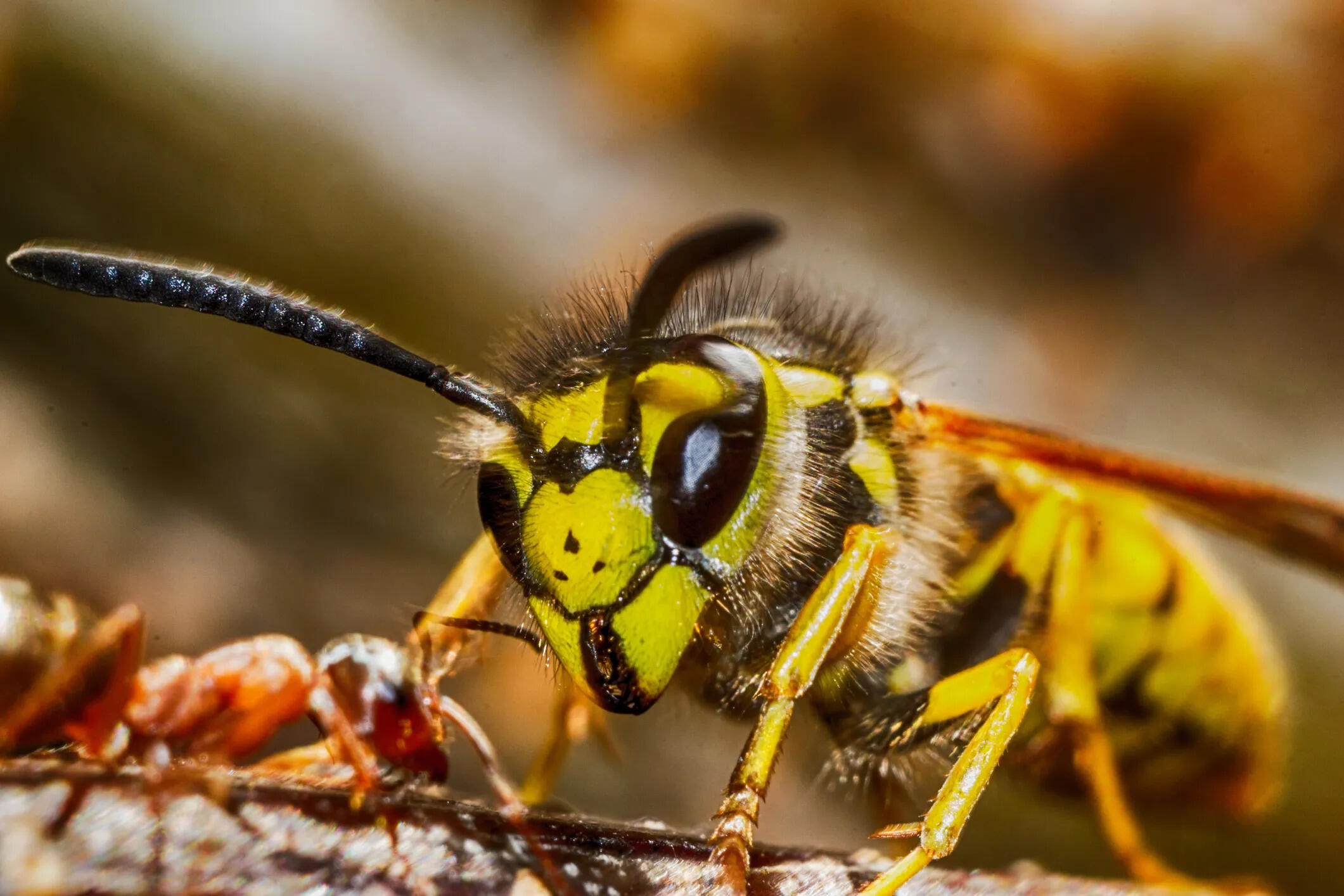

0 thoughts on “What Plants Repel Yellow Jackets”